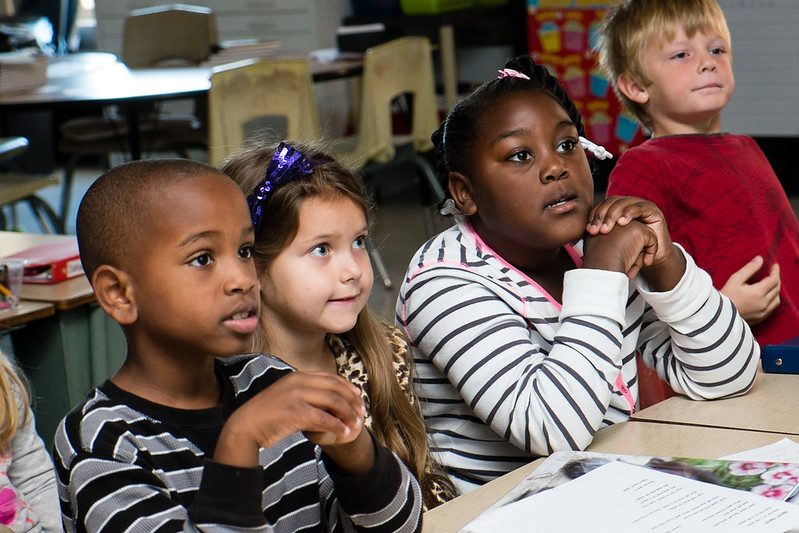
As I was driving back from a training session with our school principals in early March, the conversation was focused on something I’ve never before faced in my 35 years in education: How to support our students’ learning in the event that we unexpectedly closed schools for a few weeks due to COVID-19. At the time, we didn’t realize we would soon be closing our doors not just for a few weeks but for the remainder of the school year. We were, however, certain of one thing — we would continue learning.
Since that first conversation, I’m proud to say we haven’t taken our foot off the gas. It was never a question of would we keep teaching but how. The work hasn’t been perfect, and we’re learning a lot every day, but we haven’t been afraid to try. We’ve stayed committed to our motto: “Graduate and Accelerate ALL Students.”
In the last two and a half months, principals and teachers have worked harder than ever, and students had access to grade-level content every day through a “Continuity of Learning Plan” that teachers implemented. Some of the initiatives we already had in place served us well in this moment. We had an online learning platform with Google classroom, and we were able to disseminate Chromebooks. We knew not all families have access to internet connections, so we also provided printed materials students received in the mail each week. Regardless of the mode of delivery, the assignments were based in grade-level standards.
I shared video updates through our website each week, and teachers and principals worked hard to communicate with individual families. Teachers communicated on a weekly basis with students, and I believe that’s one of the reasons our student engagement was high. These calls made sure our students’ needs were met and were also focused on providing students with meaningful academic feedback.
Our curriculum has been really important during this time. We’ve already seen dramatically improved literacy rates since implementing high-quality instructional materials. This spring, we resisted the temptation to scrap the curriculum and spend this time with something different. Teachers and students continued to progress in the curriculum, and it’s worked well for both students and teachers. Students had access to grade-level content, and teachers had access to materials that are high-quality and aligned to standards — an important support, especially for our newest teachers. Teachers were able to focus on delivery of the materials and individual student feedback and support.
When we return to school, we know from research projections that students may have experienced learning loss referred to as “COVID slide.” This is a reason to maintain high expectations — not lower them. As we look to the year ahead, two comments from a recent conversation with colleagues have stuck with me. Jill Ramsey from Putnam County said, “We will assess before we assume,” and Robin McClellan of Sullivan County shared a useful analogy: “We’ll be surgeons instead of general practitioners.”
We will assess to see where students are and provide them the support they need to reach proficiency with grade-level expectations. At the end of next school year, it will be important to have a statewide annual assessment so that we can keep measuring our students’ progress.
We don’t know exactly what the 2020-21 school year will bring, and we’re planning for multiple scenarios. In all of the scenarios, we’re certain of one thing — students will be at the center of all our decisions, and we’ll keep our foot on the gas when it comes to student learning. As we navigate the upcoming year, my team and I will always have one question top of mind: Is it right for students? And, if it’s right for students, we’re going to do it, we’re going to do it right, and we’re going to do it right now.
Dr. Clint Satterfield is the director of Trousdale County Schools.
